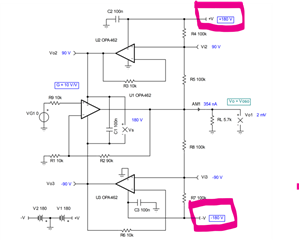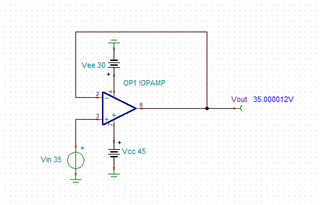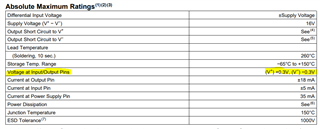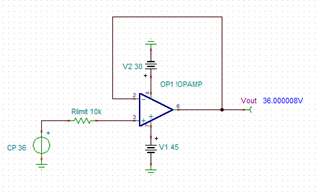Other Parts Discussed in Thread: TIDA-060033, THS3491, , LMC662
Dear Team,
Question:1
I was reading the application note and I understood the design.
But my question is how do we calculate or decide the value of V+ and V- as shown below.

I also read this design note "Design Guide: TIDA-060033 Bootstrap High-Output Voltage-Extension Reference Design ".
In all these application note V+ and V- is taken as granted.
May I know how to select value of V+ and V- .Is there any thumb rule exists.
Question 2:
I am also designing a circuit similar to it. My input voltage varies from 35V to 37V.
I also assumed the value of V+ and V-. My design calculations are given below. May I know your comments

Regards
HARI





